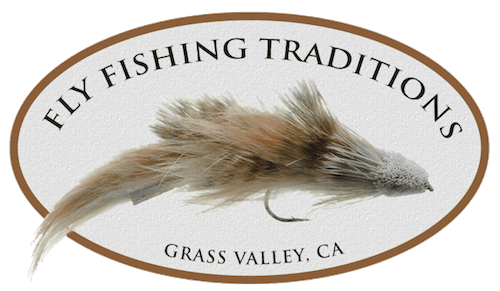The “Single Spey” is a two directional cast. One in which the fly will anchor on the upstream side of the caster. Therefore this cast provides a level of safety when you encounter an upstream wind. This will prevent you from wearing an “Intruder Fly” earring. This cast also is good when you encounter limited backcast room. This cast can be set up with a minimal “D-loop” behind the caster if necessary.
When to consider using the “Single Spey”
- Upstream Wind
- Limited Backcast Area
- Makes little disturbance on the water
- Minimizes line positioning and maximizes fishing time
Situations when to use a Single Spey Cast for a Right Handed Caster
- Single Spey From “River Left” with an upstream wind over your strong shoulder (Right Handed)
- Reverse Single Spey from “River Right with an upstream wind over your off-shoulder (Kackhanded)
Fundamentals of the Single Spey Cast
- Start with a “Shotgun Lift”. This is the most popular lift, it is easy to master and provides a smooth anchor placement.
- Start with the line straight on the dangle and extend the arms slightly with the rod tip at the waters surface.
- Begin lifting with the rod butt by raising both arms vertically until the top hand is at eye level. This is the top of the lift.
- Do the rise smoothly and with enough effort to raise about half of the working line.
- In a seamless manner, follow with a smooth shallow dish movement of the rod tip as the rod sweeps the line up river.
- In doing this the top hand lowers sightly, applying enough thrust to clear the remain line on the dangle.
- The slight downward dip will develop a strong thrust into the lift.
- The rod as it is sweeping through the shallow dish, dips downward slightly from the top of the shotgun lift position, then curves upward on an incline as it circles around to drive a “D” loop.
- The top hand drives back, rising to where the palm of the top hand is adjacent and level to the ear.
- The “D” loop forms and the top hand drives forward ending at the stop with the thumb of the top hand at eye level.
- This results in a straight and smooth forward delivery.
Added Thoughts
- Pick a target line on the opposite bank slightly diagonally downstream.
- Use this line to establish the “D Loop” 180 degrees opposite from it.
- If your “D Loop lands downstream of this target line you will cross it and tangle on the “Forward Cast”.
- This is a “Touch and Go” cast which is an airborne anchor cast. As soon as the end of your fly line touches at your “D Loop” position, and you have reached the “Set Position”, start and execute the forward cast.
- Make sure the line touches and does not stay airborne.
Summary
The “Single Spey” is one of the basic casts that you need in your arsenal of casts and you will find uses for it in many fishing situations.
